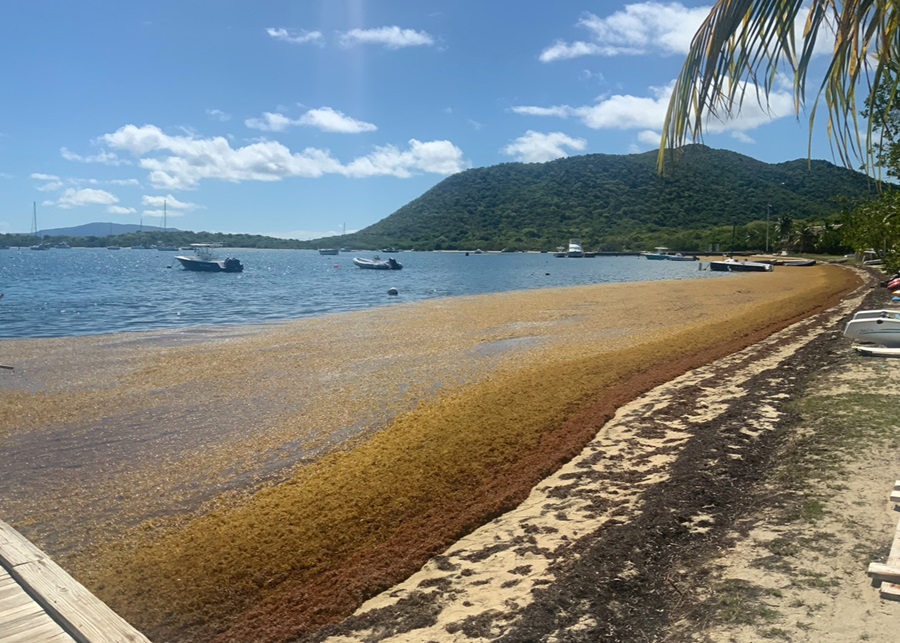I’m starting to sound like a broken record: we are still waiting for the big charge of striped bass to arrive in our waters. There have been reports of spotty catches here and there along the South Shore and in the canal, but so far this is a far cry from what we are used to seeing around here in late May.
At least the flounder fishing has been satisfying. It remains good in the south end of the bay by Sesuit Harbor as well as around the entrance to Wellfleet Harbor.
There have been numerous sightings of basking sharks in Cape Cod Bay recently. These sharks are often mistaken for Atlantic white sharks, but there is a world of difference between the two animals, although they both have the classic triangle-shaped dorsal fins.
Basking sharks are the second largest sharks in the world; only the enormous whale shark is larger. But what differentiates basking sharks from most others is their diet. These are plant-eating filter feeders that skim the water the same way right whales do. If there is a basking shark swimming along the surface, you can typically see its very large mouth wide open as it filters plankton out of the surface water.
I have written much about how our warming seas have pushed tropical fish north, with sightings and catches of tarpon, cobia, triggerfish, and mahi-mahi being recorded as far north as the southern waters of Cape Cod. But there is another by-product of warming seas that has been observed moving north: sargassum.

Sargassum is a type of brown algae that floats freely in the ocean — historically, mostly in the Sargasso Sea, between the Bahamas and the Azores — and is valued for providing food and shelter for numerous fish species. But its range has been expanding for over a decade, and a mass of it called the “Great Atlantic Sargassum Belt” now stretches across 5,500 miles of ocean from West Africa to the Gulf of Mexico.
Having just returned from the British Virgin Islands, I can report we saw the very beginning stages of the sargassum invasion starting to affect the islands’ beautiful beaches.
As rafts of it come ashore, the sargassum bloom is wreaking havoc. These so-called inundations are affecting both marine ecosystems and economies. It smothers flora and fauna, and as the algae decomposes, it consumes oxygen from the water column, causing “brown tides” and hypoxic or anoxic (low or no oxygen) conditions and emitting hydrogen sulfide, with its rotten egg smell, and methane, which then creates its infamous stench.
Now, sargassum is spreading into Florida’s waterways, clogging up marina basins and covering beaches, where it repels tourists. This is hitting coastal towns hard.
Rising ocean temperatures have created this sargassum explosion. In April, the University of South Florida estimated this year’s bloom is already at 31 million metric tons, which is roughly 40 percent more than the previous record from June 2022.
Could sargassum find its way up to Cape Cod beaches? Ideal water temperatures for it are between 64 and 86 degrees Fahrenheit, so for now we are safe, but the Gulf Stream runs south to north, so it could conceivably ride up to our waters, and ocean dynamics are in constant flux. You probably already know my view: never say never when it comes to anything ocean-related.
